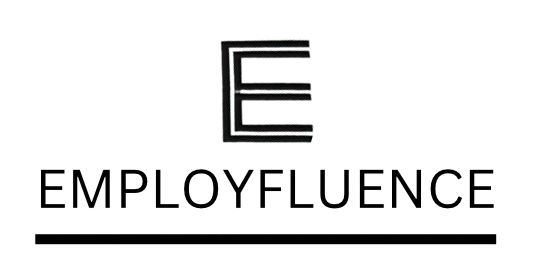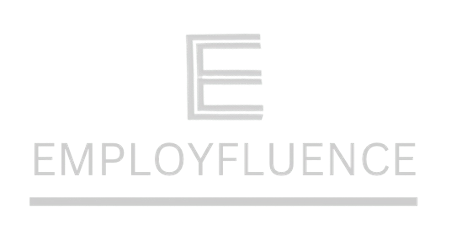The New Frontier of Marketing is People

Not Cutting Through?
Whether it’s driving sales, communicating key company messaging, or hiring top talent, standing out on social media is becoming increasingly difficult—and expensive. Businesses are investing larger budgets into paid media, hiring third-party influencers, or, in many cases, resorting to generic AI-generated content. But the key to true engagement isn’t found in ads or algorithms.
Its Time to Add People Power!
People are more interested in other people than the companies they work for. Whether it’s shortening the sales pipeline, amplifying corporate messaging, or attracting top-tier talent, businesses are sitting on an untapped resource: their own employees. Employee advocacy programs transform a company’s workforce into a powerful marketing channel, leveraging their voices to create authentic, high-impact content.

Why Employee Adcocacy?
Empowering Voices, Driving Growth
An employee advocacy program strengthens brand presence, builds trust, and humanizes corporate messaging. By encouraging and incentivizing employees to share authentic content, businesses can amplify their reach, enhance credibility, and drive revenue growth.
The Numbers Speak for Themselves
-65% of companies report increased brand recognition after implementing an employee advocacy program.
-64% of businesses credit employee advocacy with attracting new clients.
To Deliver Brand Messaging
-Authentically promoting key messages such as product innovations and sustainability initiatives to a broader audience.
To Improve the Sales Pipeline
-Staying present in the feeds of prospects and decision-makers.
-Coordinating sales-specific content at key times.
To Recruit the Best Talent
-Peer-to-peer recruitment attracts high-quality candidates who stay longer.
-Saving thousands in external recruitment fees.
The Tangible Benefits of Employee Advocacy
1. Bigger, More Engaging Reach
Content shared by employees receives 8x more engagement than content shared by company channels. Additionally, 76% of individuals trust content shared by people over brands, leading to a 25% increase in brand awareness for companies with active employee advocacy programs.
2. More Quality Leads
Leads generated through employee advocacy and referrals convert 7x better than other leads. In fact, 59% of B2B decision-makers trust a company’s thought leaders over its branded content when making purchasing decisions.
3. Reduced Marketing Budget
Employee advocacy programs can cut marketing costs by up to 30% by increasing organic reach. With the rising cost of LinkedIn sponsored ads, leveraging employee-generated content can result in significant savings.
4. Recruit (and Retain) Top Talent
Companies with strong employee advocacy programs are 58% more likely to attract top talent. Employee referrals are 4x more likely to be hired and stay 75% longer in a company. Additionally, businesses see a 37% higher retention rateamong employees engaged in advocacy programs.
5. A Rising Tide Lifts All Ships
Personal branding benefits both the company and its employees. It’s a mutually beneficial cycle where individuals enhance their industry reputation while amplifying the business’s reach and credibility.
Contact Us
We will get back to you as soon as possible.
Please try again later.



